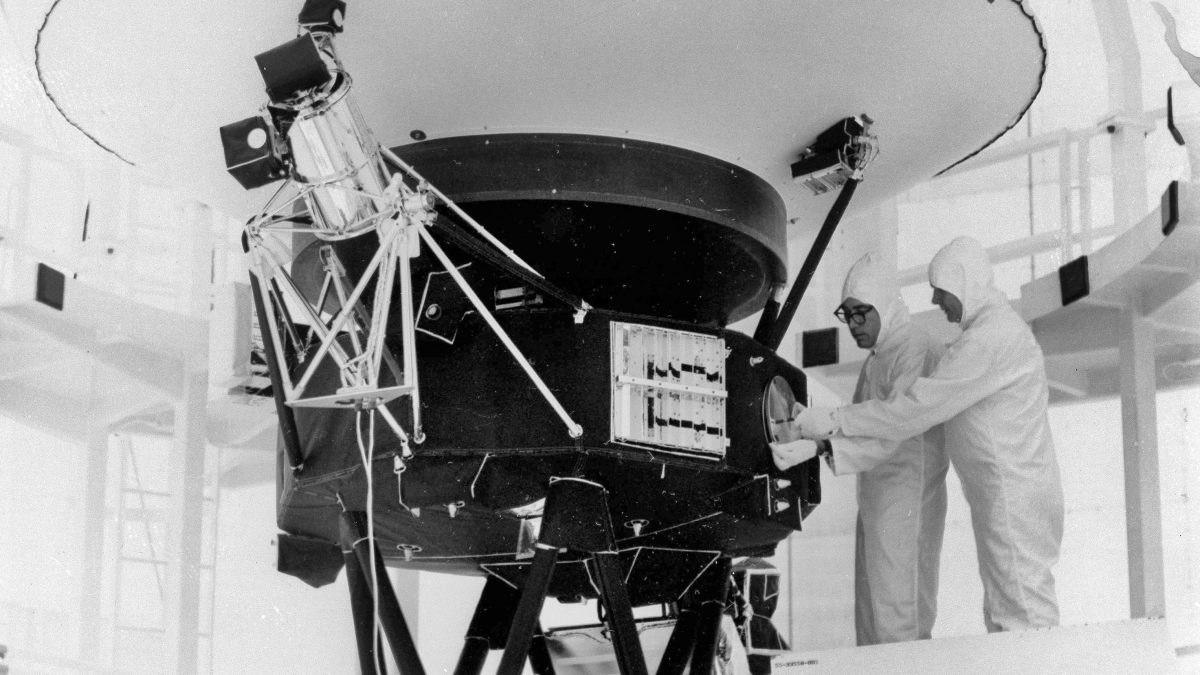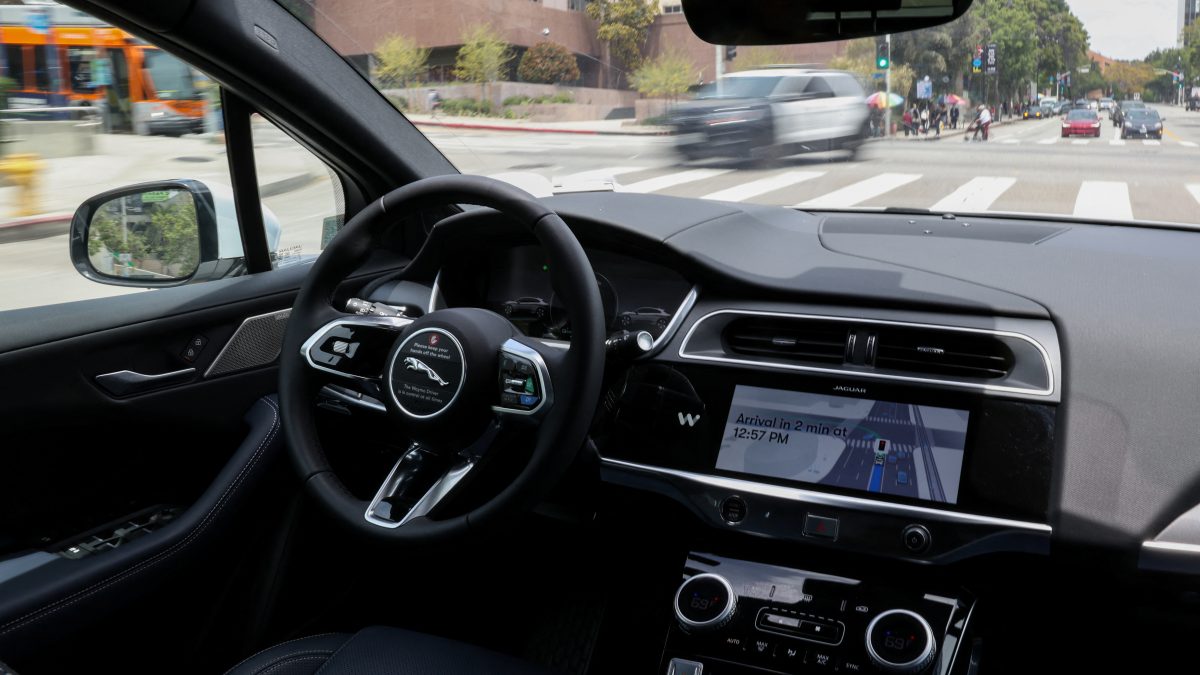Nasa is turning off two research instruments on its long-running twin Voyager spacecraft to conserve energy.
The space agency said Wednesday that a sensor on Voyager 2 that analyses charged particles and cosmic rays would be turned off later this month. Last Monday, Nasa turned off an experiment on Voyager 1 intended to investigate cosmic rays.
Voyager project manager Suzanne Dodd of the Nasa Jet Propulsion Laboratory stated that the energy-saving measures were vital to extend their missions.
The two spacecraft carry identical sets of ten scientific equipment. Some of the equipment designed to collect data during planetary flybys were shut off once both spacecraft had finished their investigation of the solar system’s gas giants.
The instruments that remained powered on long after the last planetary flyby were those that the science team deemed important for studying the solar system’s heliosphere, a protective bubble of solar wind and magnetic fields formed by the Sun, and interstellar space, the region outside the heliosphere.
Voyager 1 crossed the edge of the heliosphere and the beginning of interstellar space in 2012, while Voyager 2 did so in 2018. No previous human-made spacecraft has ventured beyond interstellar space.
Mission engineers have taken precautions to postpone turning off science instrumentation for as long as possible since the science data gathered by the twin Voyager spacecraft is distinct. With these two instruments switched off, the Voyagers should have enough power to run for nearly a year before the scientists must turn off another instrument on both spacecraft.
Impact Shorts
More ShortsMeanwhile, Voyager 1 will continue to run its magnetometer and plasma wave subsystem. The spacecraft’s low-energy charged particle sensor will continue to work until the end of 2025 before being turned off the following year.
Voyager 2 will continue to use its magnetic field and plasma wave sensors for the foreseeable future. The cosmic ray subsystem is slated to be turned off in 2026.
By putting this power-saving strategy into action, engineers think the two probes will have enough electricity to run at least one research instrument far into the 2030s. However, they are also aware that the Voyagers have been enduring deep space for 47 years, and that this time frame may be shortened by unanticipated difficulties.
The twin spacecraft launched in 1977 and are now in interstellar space, or the gap between stars. Voyager 1 detected a small ring around Jupiter and many of Saturn’s moons, whereas Voyager 2 is the sole spacecraft that has visited Uranus and Neptune.
Each spacecraft still carries three sensors to examine the sun’s protective bubble and the vast expanse of space beyond.
Voyager 1 is nearly 15 billion miles (24.14 billion kilometres) from Earth, whereas Voyager 2 is over 13 billion miles (20.92 billion kilometres) distant.


)

)
)
)
)
)
)
)
)



